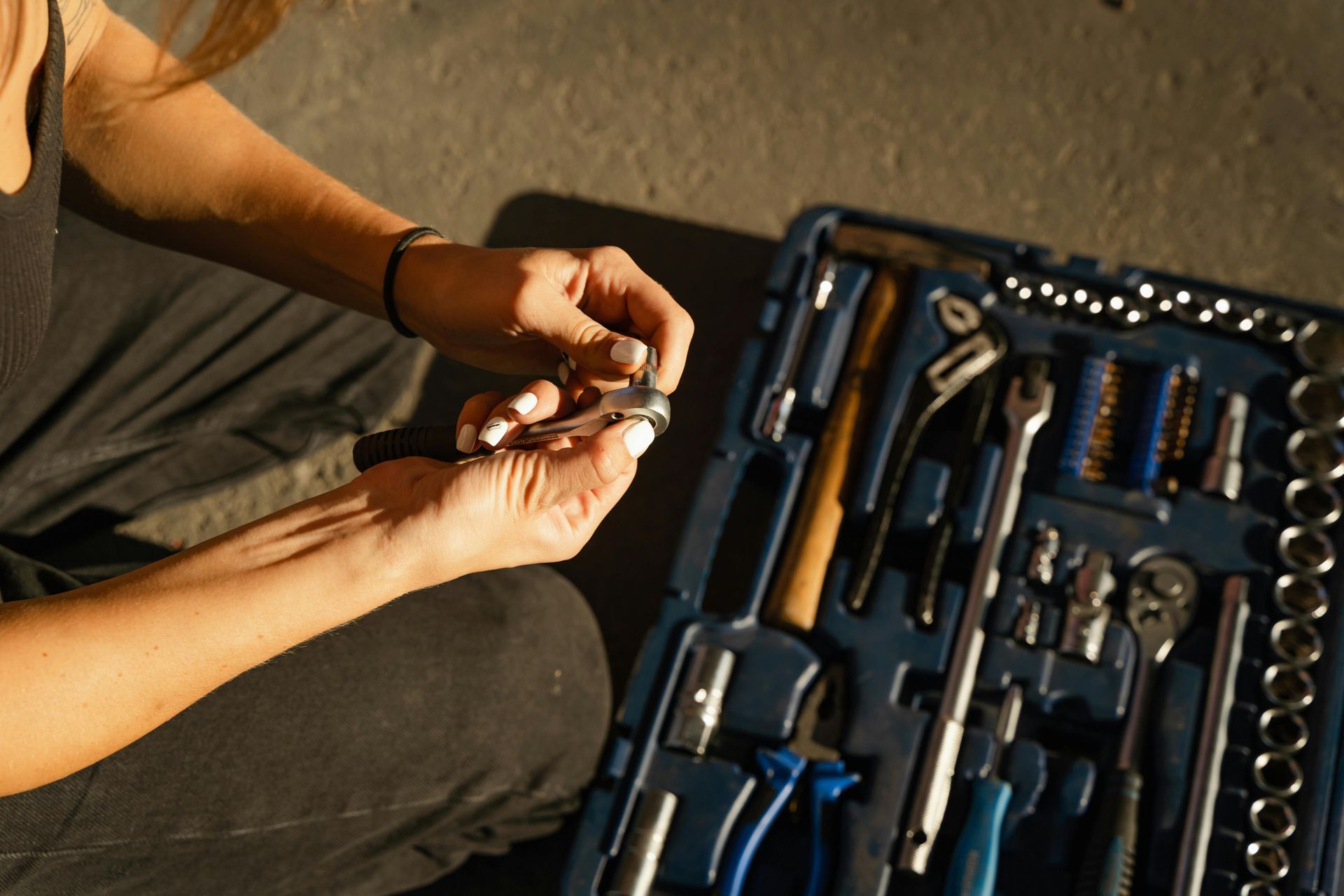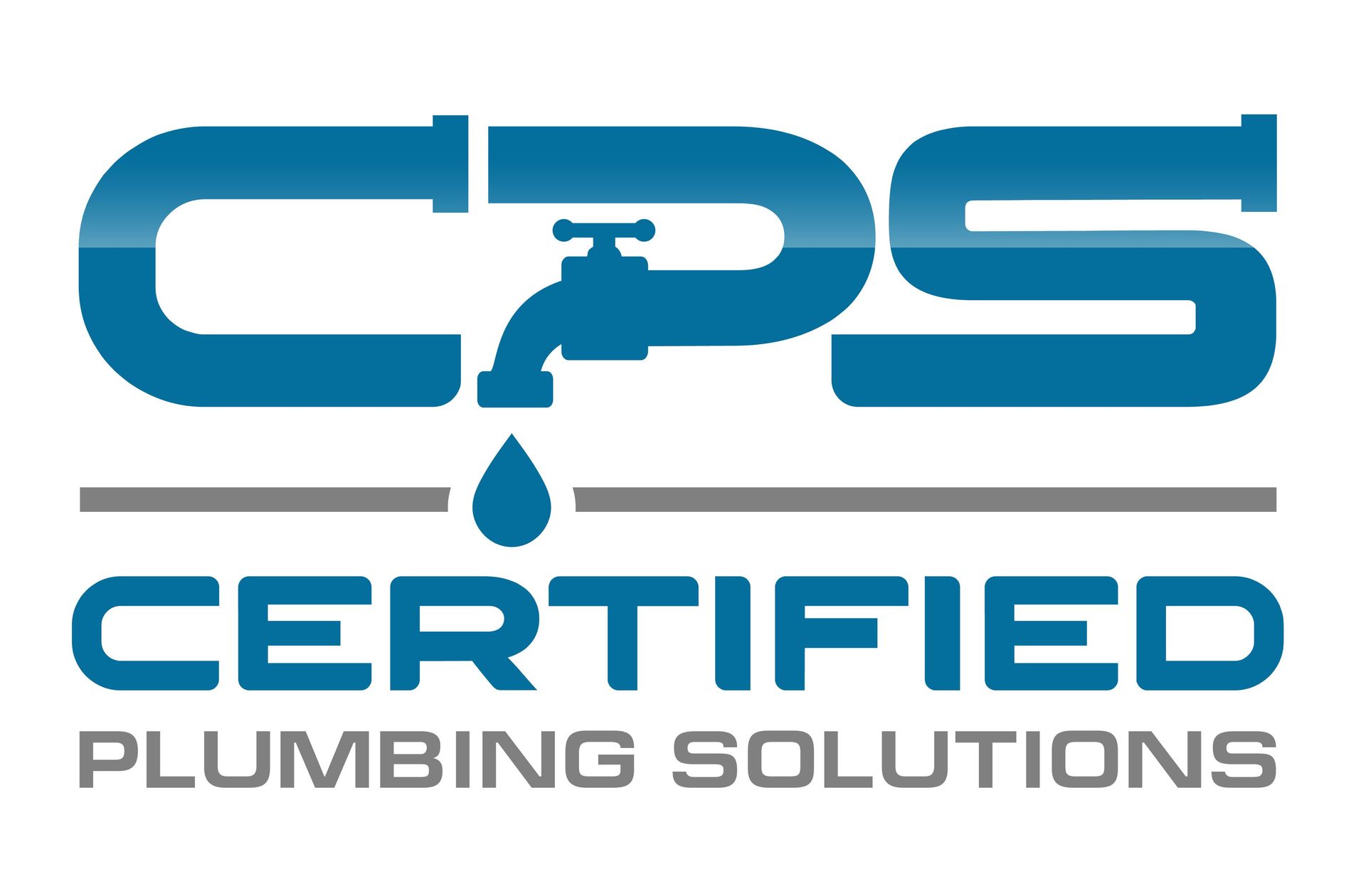Slab Leak Warning Signs: Plumbing Inspections You Shouldn't Skip
Nobody wants to discover that water is quietly leaking beneath their home's foundation, but catching these sneaky slab leaks early can save you from a world of trouble (and expense!). While the thought of pipes breaking under your concrete foundation might sound scary, the good news is that there are clear warning signs you can watch for. Professional plumbing inspection services have the tools and expertise to spot these issues before they turn into costly nightmares, giving you peace of mind and protecting your biggest investment.
Key Takeaways
- Early detection through professional plumbing inspection can prevent catastrophic foundation damage and reduce repair costs significantly
- Unexplained increases in water bills often signal hidden slab leaks that require immediate leak detection services
- Warm spots on floors, damp carpets, and sounds of running water when taps are off indicate potential under-slab pipe issues
- Foundation cracks, shifting, and water pooling around your home's perimeter are serious warning signs requiring urgent attention
- Regular inspections by qualified professionals help maintain your home's structural integrity and prevent costly emergency repairs
- Advanced leak detection equipment can pinpoint exact problem locations without destructive excavation or guesswork
Understanding Slab Leaks and Their Impact
Think of a slab leak as an unwelcome surprise hiding beneath your home's concrete foundation. When water pipes under there start acting up with cracks, holes, or loose connections, it creates problems that go way beyond simple plumbing issues. Understanding what causes these leaks helps you recognize when to call for professional help.
- Soil movement from clay-rich earth that expands and contracts with moisture changes, putting stress on pipes and joints
- Corrosive soil conditions that accelerate the deterioration of older copper and galvanized steel lines
- Poor installation practices from years past, including inadequate pipe support and improper joint sealing
- High water pressure that stresses pipe fittings beyond their design limits over time
Your home's foundation contains a network of copper, PVC, or galvanized steel pipes that work hard every day to deliver fresh water and remove waste. When these pipes fail due to age, environmental stress, or installation issues, water begins escaping into the surrounding soil and concrete. This creates a cascade of problems that can affect everything from your water pressure to your home's structural integrity.
Water Bill Increases: The First Red Flag
Here's something that might surprise you: your water bill could be the first detective in uncovering a sneaky slab leak. When bills creep up without obvious reasons, it's time to investigate. Even a pinhole leak can waste over 300 gallons monthly, while bigger problems waste thousands daily.
What to Watch For
- Sudden bill increases without corresponding lifestyle changes like longer showers or increased irrigation
- Monthly usage spikes that persist beyond seasonal variations for pools or lawn care
- Baseline usage patterns that help identify abnormal consumption requiring professional leak detection
Most families develop consistent water usage patterns throughout the year, with predictable seasonal variations for activities like lawn irrigation or pool maintenance. When your bills suddenly increase by 20% or more without obvious lifestyle changes, it's often your first clue that water is escaping somewhere in your system. Professional leak detection services can investigate these increases and determine whether underground leaks are the culprit.
Physical Warning Signs Throughout Your Home
Your home has a way of dropping hints when something's not quite right below the surface. Slab leaks usually don't stay completely hidden; they leave clues that observant homeowners can spot before things get really expensive. Think of these warning signs as your home's way of asking for help before a small problem becomes a big headache.
| Warning Sign | Description and Implications |
|---|---|
| Hot Spots on Floors | Warm areas on floors indicate hot water line leaks beneath the slab. These temperature variations are often most noticeable during cooler weather and may be accompanied by increased humidity levels. |
| Damp Carpets or Flooring | Persistent moisture in flooring materials without obvious sources suggests water intrusion from below. This moisture can lead to mold growth, material deterioration, and poor indoor air quality. |
| Sound of Running Water | Hearing water movement when all fixtures are turned off indicates continuous flow from damaged pipes. This sound is often most noticeable during quiet periods and may seem to originate from walls or floors. |
| Low Water Pressure | Reduced water pressure throughout the home can result from significant leaks in main supply lines. The pressure loss may be gradual or sudden, depending on the leak's size and location. |
Foundation and Structural Warning Signs
When water escapes under your foundation, it doesn't just sit there politely. It can undermine your home's stability by washing away soil and creating weak spots. Professional plumbing inspection catches these issues while they're still manageable.
Foundation Warning Signs
- Cracks in exterior foundation walls, appearing as horizontal, vertical, or step-like patterns
- Water pooling around the foundation perimeter during dry weather when sprinklers aren't running
- Unusually lush grass patches near the foundation, indicating a continuous underground water supply
- Doors and windows that suddenly don't operate smoothly due to foundation shifting
Water infiltration beneath your foundation creates voids in the supporting soil, leading to uneven settling that can cause significant structural stress. This process often starts small but can escalate quickly, turning hairline cracks into major fissures that compromise your entire foundation system. Regular exterior inspections around your home's perimeter help catch these issues early, when repairs are still manageable and affordable.
Professional Leak Detection Methods
Modern leak detection technology can pinpoint problems without tearing up your yard or floors. These high-tech approaches save thousands in unnecessary demolition while providing precise repair locations.
Advanced Detection Methods
- Electronic listening devices that detect water escaping from pressurized pipes through concrete and soil
- Thermal imaging cameras that identify temperature variations from hot water leaks
- Ground-penetrating radar that maps underground pipe networks and potential problem areas
- Pressure testing that isolates specific plumbing sections to identify exact leak locations
These sophisticated detection methods work together to create a complete picture of your underground plumbing system's condition. Technicians can often locate leaks within a few feet of their actual position, dramatically reducing the amount of excavation needed for repairs. This precision approach saves homeowners significant money while minimizing disruption to landscaping, driveways, and other property features.
Regional Factors Affecting Slab Leak Risk
Where you live makes a big difference in slab leak risk. Clay soil areas see more foundation movement as the ground expands and contracts with moisture changes, putting stress on underground pipes. Coastal regions face saltwater intrusion and corrosive soil conditions that accelerate pipe deterioration. Areas with hard water or high mineral content can also contribute to internal pipe corrosion over time. Communities in areas like Palm Beach Gardens and Jupiter Farms benefit from working with local professionals who understand these regional challenges and can recommend appropriate prevention strategies tailored to your specific environment.
Prevention Through Regular Maintenance
Prevention is always easier and cheaper than treatment! Proactive maintenance keeps your plumbing system healthy while regular professional check-ups catch potential problems before they become expensive emergencies.
Smart Prevention Strategies
- Annual plumbing inspections that document system condition and identify developing issues
- Water pressure regulation through pressure-reducing valves to protect pipes and fittings
- Immediate professional evaluation when any warning signs appear, regardless of last inspection
- Regular monitoring of water usage patterns to establish baselines for early leak detection
Think of maintenance as an insurance policy for your home's plumbing system. Small investments in regular inspections and pressure monitoring can prevent massive expenses later. When professionals evaluate your system annually, they can spot developing problems like corroded pipes, loose joints, or pressure irregularities before they lead to slab leaks. This proactive approach also helps you plan for eventual pipe replacement on your timeline rather than dealing with emergency situations that disrupt your family's daily routine.
Frequently Asked Questions
How much does professional leak detection typically cost?
Professional leak detection services typically range from a few hundred to over a thousand dollars, depending on the complexity of your home's layout and the detection methods required. This investment often saves thousands compared to the cost of foundation damage, emergency repairs, and water waste over time.
Can slab leaks cause mold growth in my home?
Yes, slab leaks create ideal conditions for mold growth by providing continuous moisture beneath flooring materials and within wall cavities. The combination of warmth, moisture, and organic materials like wood subflooring creates environments where mold colonies can establish and spread rapidly throughout your home.
How quickly do slab leaks need to be repaired?
Slab leaks require immediate attention to prevent escalating damage to your foundation, flooring, and home's structural integrity. Even small leaks can cause significant damage within weeks, while larger breaks can create emergency conditions requiring immediate professional intervention to prevent catastrophic failure.
Are older homes more susceptible to slab leaks?
Older homes face higher slab leak risk due to aging pipe materials, outdated installation methods, and decades of soil movement around the foundation. Homes built before modern plumbing codes may have pipes installed without proper protection or support, making them more vulnerable to stress fractures and corrosion failures.
What should I do immediately if I suspect a slab leak?
Contact a qualified plumbing professional immediately for leak detection services and turn off your main water supply if you observe active flooding or severe pressure loss. Document any visible damage with photographs and avoid using electrical appliances near wet areas until the situation is properly assessed and contained.
Final Thoughts
Taking care of your home means staying alert to these sneaky slab leak warning signs and building relationships with trustworthy professionals who can help when you need them. Yes, professional plumbing inspection and leak detection services are an investment, but they're absolutely worth it when you consider the alternative, foundation damage, emergency repairs, and all the stress that comes with major home problems. By keeping an eye out for these warning signs and acting quickly when something seems off, you're protecting not just your home's structure, but also your peace of mind and your family's comfort for years to come.
Don't wait for a small leak to become a big problem. Contact our qualified plumbing professionals today for a thorough inspection and peace of mind.
Reference:
https://eppconcrete.com/water-seeping-through-foundation-slab/



